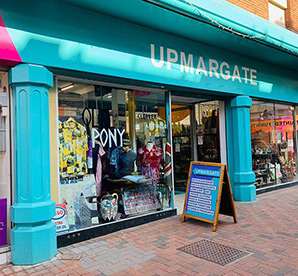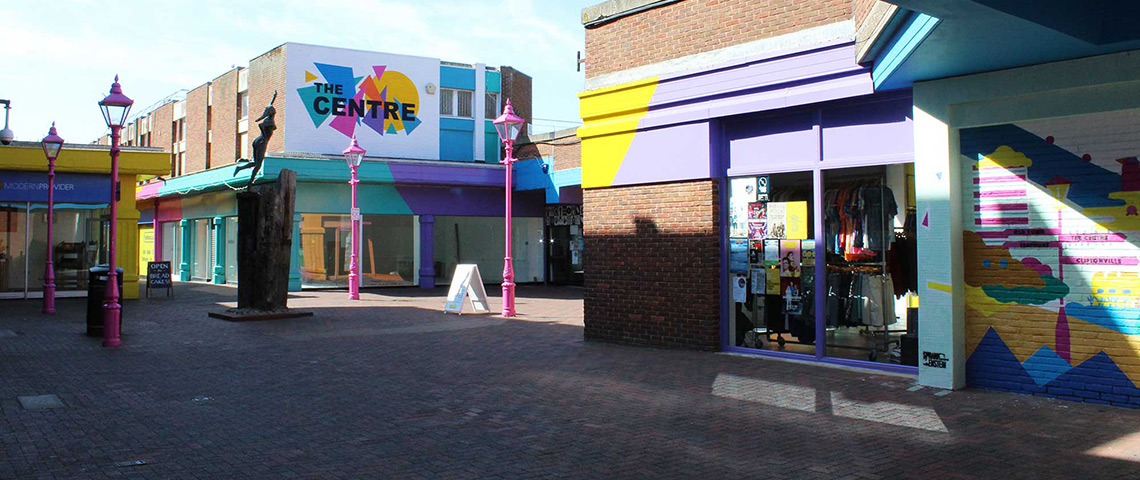Sustainable repurposing is a win win for government, developer and consumer
It’s a fairly common perception that repurposing of retail space into residential only works in London and the South East, but that assumption is misguided. It is true the values in our Capital can be much more eye watering for many developers, yet many of the problem areas in retail and opportunity for reinvention occur in other parts of the UK. Projects can be delivered elsewhere; we know because we’ve done it. But it isn’t easy.
At Evolve we take pride in tackling challenged sites and breathing life back into them. Our mission is to deliver affordable homes within under loved town centres and high streets, revitalizing local communities and creating long term value. Our strategy is to regenerate vacant ancillary space above or convert existing retail assets that have fallen into disrepair and have become an eyesore for the local community.

As such, we have over 2,250 residential units in the development pipeline in towns across the country, from South Shields, Nuneaton, Wolverhampton, Bootle and Huddersfield; typically locations where investment in recent years has been desperately lacking.
However, there can be significant barriers to realising this strategy given much of our town centre space remains over rented, low residential values in certain regions, increased cost of conversion and regulatory standards and a cumbersome planning system.
It is a bitter pill to swallow that our significant appetite to develop, invest and improve failed retail places is constrained by policy and an often considerable funding gap. And we’re not alone. There has been an increase in niche developers who want to do something useful with more social value. Yet it is these very places that is hot on the government agenda to improve.
Just imagine if we were able to redevelop some of this space into something more useful. So what needs to be done?
Let’s look at the scale of the problem and opportunity.
142m sqft
of ground floor retail
voids nationally
308m sqft
anticipated to become redundant by
the end of the decade
935M sqft
of upper floor or basement retail
space, much of which is underutilised
177m sqft
of low grade office stock
within retail places
1.3bn
KgCO2 per annum lost from low
grade town centre retail or office
property compared to their target
emissions
(Source: Savills Research; VOA/Experian/EPC/Costar)
Government needs to be more interventionist and help bridge the funding gap to increase the viability of delivering schemes. However, this isn’t just the two dimensional needs of a housing developer. The opportunity is far more wide ranging than that. I believe that enabling redevelopment of problem retail assets will help with:
Through developing problem sites we can reduce the burden of retail voids, or underutilised town centre space. Retrofitting rather than full redevelopment is cheaper and more sustainable, but that doesn’t mean it lacks quality.
We have been working on a design code with Create Streets to present to the government and Homes England to allow a proportion of funding for new builds to be given to this initiative.
We believe if part of Homes England’s funding was given to converting existing ancillary space, for half the tax payer’s money we could create the same amount of affordable homes. This would not only save valuable money, reduce the carbon footprint and bring vitality back to areas of the country that are suffering, but create jobs and protect the precious green belt.
Much of the problem stock lacks investment and are the worst performers in terms of energy rating. The refurbishment brings them back to standard.
In short, Sustainable Repurposing has the potential to deliver on multiple government targets. It really is a no brainer.






